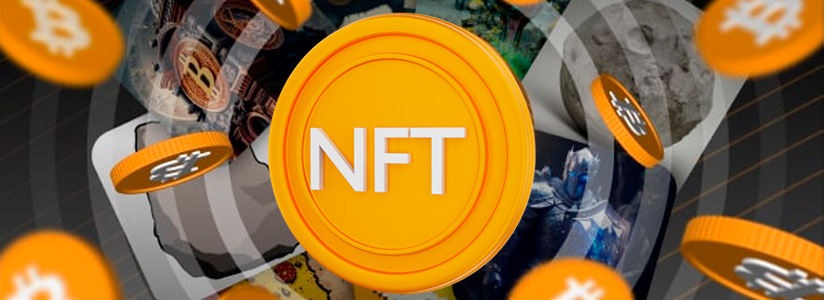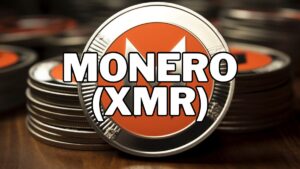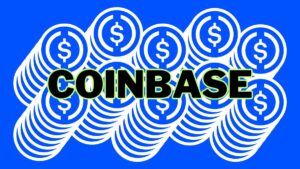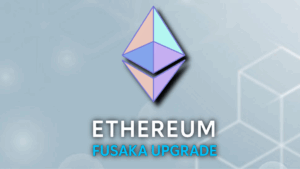TL;DR
-
The metaverse has sparked interest as a source of income. Yet after the initial excitement, its true economic potential warrants careful examination.
-
NFTs guarantee unique ownership on the blockchain, and cryptocurrencies enable 24/7 trading—though liquidity fluctuates with demand.
-
To stay secure in the metaverse, choose a reliable wallet, invest prudently and diversify both assets and platforms.
The metaverse generates high expectations by blending virtual environments, augmented reality and blockchain technology into a single space. At first glance, it seems to promise new digital markets and limitless income opportunities across borders. However, beneath this world lie factors that require scrutiny: adoption rates, technological agility and value fluctuations. Before assessing its financial potential, it’s essential to understand the nature of the assets involved, investment strategies and the safeguards needed to prevent losses.
Digital Assets in the Metaverse
Thanks to blockchain, every virtual item—from an avatar to a garment or a digital property—carries an unchangeable ownership record. NFTs (non-fungible tokens) have made trading one-of-a-kind pieces commonplace, while cryptocurrencies streamline instant conversions between traditional currencies and each metaverse’s native tokens.
These markets operate around the clock with near-global reach, creating what appears to be a world of opportunity for investors. Yet liquidity varies widely: some collections hold steady value, while others lose relevance quickly. Therefore, it’s crucial to analyze supply, demand and the real utility each asset brings to its ecosystem.
Investments and Monetization
Alongside digital art and cryptocurrency trading, buying virtual land has become a popular strategy for investors looking to mirror traditional real estate plays. Parcels located near high-traffic areas—virtual plazas, event stages or developer hubs—tend to appreciate more rapidly.
Many buyers develop their own projects—galleries, shops or concert halls—while others rent these spaces for recurring revenue. Before committing capital, it’s wise to review each metaverse’s roadmap, user growth projections and planned technical updates.
Wallet Security and Transactions
Managing assets requires a secure, trustworthy wallet. Hot wallets, connected to the internet, enable rapid exchanges but carry higher risk of certain attacks; cold wallets store funds offline at the cost of some operational agility.
Regardless of the type chosen, safeguarding your recovery phrase is critical: losing it means permanently forfeiting access to your assets. Additionally, double-checking every address, enabling multifactor authentication and keeping your software up to date help reduce the risk of hacks and human errors—crucial in an environment where transactions are irreversible.
Income Models in the Metaverse
Selling NFTs remains the most direct way to monetize digital creativity. Specialized services—user onboarding consultations, interactive experience design and virtual event planning—add new revenue streams. Some virtual worlds also use play-to-earn models that reward active participation with tradable tokens.
By combining multiple sources—such as a digital art gallery, training sessions and gamified activities—creators diversify their income and avoid reliance on a single channel. Starting with modest investments, refining offerings based on community feedback and adjusting strategies over time leads to optimized results.
Risks to Consider and the Metaverse’s Future
Cryptocurrency volatility and each platform’s adoption rate can trigger sharp value swings. Technological shifts, user migrations and new competitors all impact profitability.
Diversifying your portfolio across different platforms and asset types helps cushion these effects. Looking ahead, interoperability between virtual ecosystems—allowing frictionless asset transfers—and advances in augmented and virtual reality will shape the next wave. Ultimately, success will depend on maintaining a rigorous approach, continuously assessing risks and adapting to a rapidly evolving market















